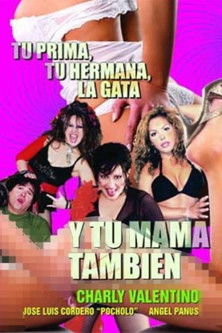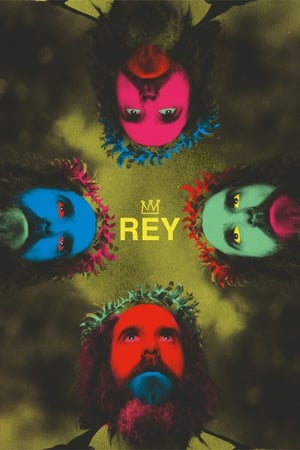

Videograms(1981)
1980-81, 13:27 min, b&w, sound Videograms is an ongoing series of text/image constructs or syntaxes using the Rutt/Etra Scan Processor, a device that enables Hill to sculpt electronic forms on the screen. Each "videogram" relates literally or conceptually to Hill's accompanying spoken text, which is visually translated into abstract shapes. Hill writes, "The vocabulary and precision of this tool allowed me to expand the notion of an 'electronic linguistic' through textual narrative blocks created specifically for the electronic vocabulary inherent in the Rutt/Etra device."
Movie: Videograms

Videograms
HomePage
Overview
1980-81, 13:27 min, b&w, sound Videograms is an ongoing series of text/image constructs or syntaxes using the Rutt/Etra Scan Processor, a device that enables Hill to sculpt electronic forms on the screen. Each "videogram" relates literally or conceptually to Hill's accompanying spoken text, which is visually translated into abstract shapes. Hill writes, "The vocabulary and precision of this tool allowed me to expand the notion of an 'electronic linguistic' through textual narrative blocks created specifically for the electronic vocabulary inherent in the Rutt/Etra device."
Release Date
1981-01-01
Average
8
Rating:
4.0 startsTagline
Genres
Languages:
Keywords
Recommendations Movies
 8.0
8.0Shakespeare’s Sonnets(de)
US stage director Robert Wilson has teamed up with pop star Rufus Wainwright to bring Shakespeare’s sonnets to the stage in Berlin. Debuting on Easter Sunday, this highly stylized cross-dressing version of the archetypal love poems went down a storm with the audience.
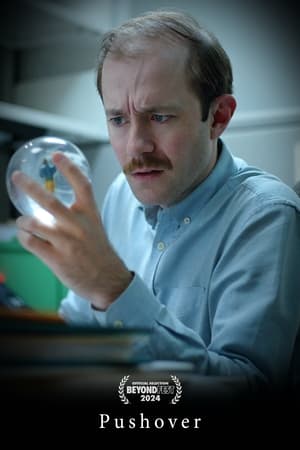 8.3
8.3Pushover(en)
A man's life is upended by increasingly threatening phone calls demanding he leave a review for a paperweight purchased online.
 4.8
4.8Hello! Project DVD Magazine Vol.3(ja)
Various introductions corners, card games, quizes, 'Making Of', and concert 'Backstage Footage'.
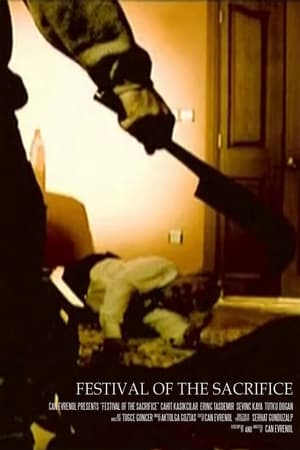 6.0
6.0Festival of the Sacrifice(tr)
A family celebrating Eid al-Adha is terrorized by an assailant who has a very different idea of sacrifice.
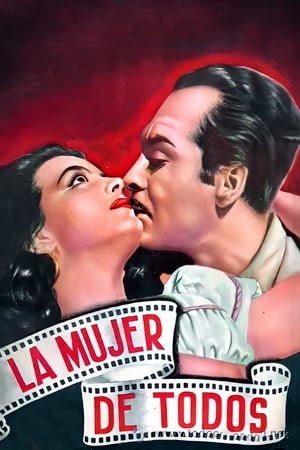 5.7
5.7Everybody’s Woman(en)
A beautiful woman of affairs falls in love with a handsome young man of great promise. Fearing for his future, the man's father begs her to leave his son so that her reputation will not hold him back.
 4.5
4.5The Pavilion on the water(it)
The Pavilion on the Water is a cinematic journey into the world of Venetian architect Carlo Scarpa and his passion for Japanese culture. Japan, to him, was an inspirational universe but also the place where he eventually died in 1978, at the height of his career, while retracing the steps of wandering poet Matsuo Bashō. Through the words of his son, some of his collaborators and a Japanese philosopher, the documentary unfolds and quests after the sense of beauty. A nostalgic feeling permeates the whole film for that rare event which is the birth of an artist. Although he passed away, he left behind a work that, still to this day, delights and amuses.
 4.9
4.9The Magician and the Imp(fr)
The magician appears upon the stage with an imp as his assistant. The imp holds a piece of cloth in his hand. At the command of the magician the cloth is suddenly transformed into a beautiful girl, clad in tights. A barrel is then introduced and the girl enters one end.
 6.2
6.2A Distant Place(ko)
A sheep farmer whose remote and quiet life is disturbed by the arrival of both his lover and his twin sister.
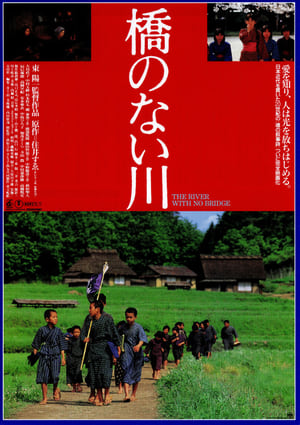 6.0
6.0The River with No Bridge(ja)
A widow and her two sons, Seitaro and Koji, live in the small town of Komori, where Buraku people are forced to reside. The two boys are continuously harassed by their teachers and classmates through their childhood as a result of their Buraku heritage. In the midst of the 1918 Great Rice Riots in Osaka, Seitaro meets with Asako, the daughter of a rice shop owner, and falls in love with her. She too is of Buraku descent. At the same period, Hideaki, an old friend of the brothers returns to Komori, and he along with Koji and the townspeople create "Zenkoku Suiheisha", the National Levelers Association, an organization pledged to build a bridge over the river of discrimination, making all people equal in every way.
 10.0
10.0Sunsets Don't Last Forever(en)
Through the summer breeze and the isolation. Time is still time, and that can't be changed. sunsets-don-t-l
 3.9
3.9Mummy Shark(en)
Deep within the hidden chambers of an ancient Egyptian pyramid, a shocking discovery is made: the mummified remains of an alien shark. Guarding this creature is a vengeful mystic who brings the beast back to life, unleashing it upon a group of unsuspecting researchers.
 8.0
8.0Primal Fear - Angels of Mercy - Live in Germany(en)
1. Countdown to insanity 2. Final Embrace 3. In Metal We Trust 4. Angel in Black 5. Rulebreaker 6. Sign of Fear 7. Seven Seals 8. Angels of Mercy 9. The End is Near 10. Rollercoaster 11. The Sky is Burning 12. Nuclear Fire 13. When Death comes knocking 14. Metal is forever 15. Fighting the Darkness
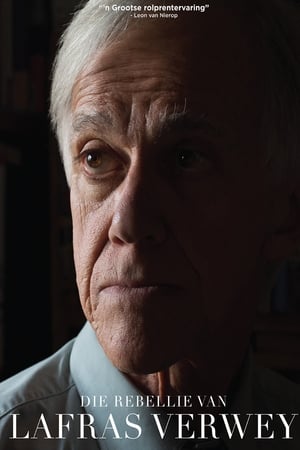 6.5
6.5The Rebellion of Lafras Verwey(en)
Lafras Verwey (58) has worked as a clerk in the Civil Service in Pretoria for thirty years. By day he sorts files and whiles away the mundane hours writing grandiose propaganda speeches and drilling imaginary platoons in the washroom, but unbeknownst to his colleagues he is also a clandestine parcel courier for a secret organization that recruited his services to complete their covert mission.
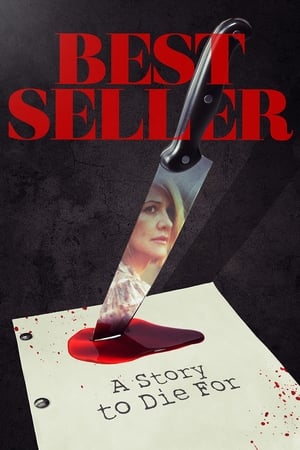 4.0
4.0Bestseller(en)
Chicago literary agent, Anne Harper, vacations to a remote cabin in the Upper Peninsula of Michigan. While there, a disgruntled writer is waiting in the shadows to seek his revenge.
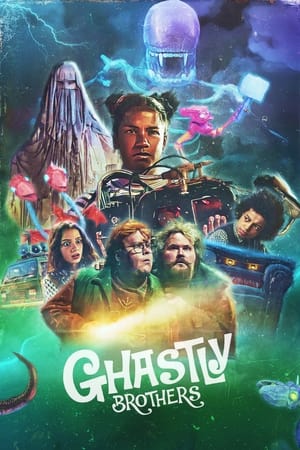 6.7
6.7Ghastly Brothers(nl)
Lilith meets the Ghastly brothers, a pair of strange ghost hunters, at boarding school. When the school falls prey to an infestation of ghosts, they go head-to-head against a horde of fearsome spirits and demonic apparitions in a supernatural battle to save the day.
 6.3
6.3Hercules and Admetus(ru)
Admetus, king of Feres, makes an agreement with the Fates to postpone the date of his death, in exchange for someone else taking his place, without knowing that the chosen one will be his beloved wife Alcestis. Desperate, Admetus asks Hercules for help in rescuing Alcestis from death... An animated short film based on the Greek myth of Admetus and Alcestis.
Similar Movies
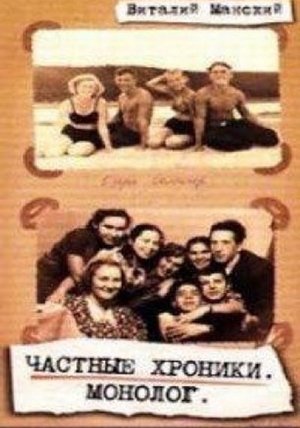 0.0
0.0Private Chronicles: Monologue(ru)
The collective life of the generation born as Jurij Gagarin became the first man in space. Vitaly Mansky has woven together a fictional biography – taken from over 5.000 hours of film material, and 20.000 still pictures made for home use. A moving document of the fictional, but nonetheless true life of the generation who grew up in this time of huge change and upheaval.
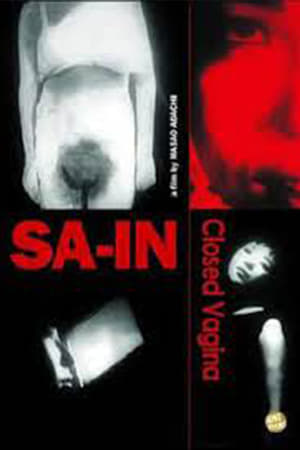 9.0
9.0Closed Vagina(ja)
Adachi's follow-up to Bowl using the figure of a woman suffering from an unusual sexual aliment has often been taken as a controversial allegory for the political stalemate of the Leftist student movement after their impressive wave of massive fiery protests failed to defeat the neo-imperialist Japan-US Security Treaty. The ritualistic solemnity of the charged sexual scenes contribute to the oneiric qualities of Closed Vagina which Adachi would later insist was an open work, not meant to deliver any kind of deliberate political message. - Harvard Film Archive
 0.0
0.0Ordinary Things (that happened in the childhood home of the maker of this film)(en)
Somewhere between the 1930s and now, the cameras start turning and Joan Crawford, Bette Davis and Marlene Dietrich gather on one film set. The floor gleams, the spotlights are burning, the narration starts. Born out of a fascination for the construction that is Hollywood, and by extension ‘the perfect Hollywood home’, the maker embodies three actresses from Hollywood’s golden era and their so-called private lives. Their smallest personality traits are performed so precise and characteristically that it becomes artificial. The home isn’t homely. It plays “house” and the inhabitants are speaking Hollywoodian. In this setting, the maker of the film recalls memories of growing up in her childhood home.
 0.0
0.0Uzumasa Jacopetti(ja)
Set in Uzumasa, Kyoto, Shoji Hyakkan lives with his wife and kid happily. He then begins to build a house held together by magnets. One night, Koji steals and kills a cow, to use its cowhide as decoration wall material for his magnet house. By chance, Police Officer Kobayakawa happens to see what Shoji Hyakkan is doing. Police Officer Kobayakawa then offers Shoji a deal. (c) Asianwiki
Black and White Trypps Number Four(en)
Using a 35mm strip of motion picture slug featuring the recently deceased American comedian Richard Pryor, this extended Rorschach assault on the eyes moves out of a flickering chaos created by incompatible film gauges into a punchline involving historically incompatible racial stereotypes.
 0.0
0.0Thirteen Ways of Looking at a Blackbird(pt)
Taking its title from the poem by Wallace Stevens, the film is composed of a series of attempts at looking and being looked at. Beginning as a city state commission under the name and attitude of “Unschool”, the film became a kaleidoscope of the experiences, questions and wonders of a couple of high school students after a year of experiences with filmmaker Ana Vaz questioning what cinema can be. Here, the camera becomes an instrument of inquiry, a pencil, a song.
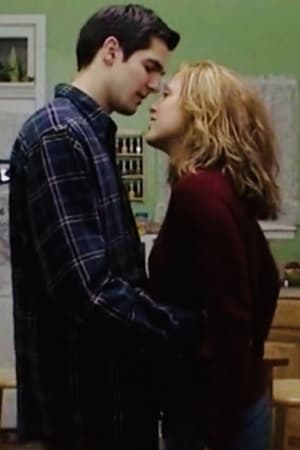 0.0
0.0True Dreams(en)
How many movies have you seen where at the end the main character wakes up, causing he and the audience to simultaneously realize that everything they witnessed beforehand was "just a dream?" This film takes that principal but instead of deceiving, the story invites you to watch the main characters dream away. As a result, "True Dreams" takes the dream sequence to a whole new level: it lets its audience in on the joke, while they watch the two main characters run around unaware of the reality/fantasy of their surroundings. This film can be viewed via Vimeo at https://vimeo.com/132642294 (password: truedreams)
Highlights(en)
Lights flicker & fade as focus shifts from artificial to natural light, ending on a second artificial light speeding through the blackened miasma of the night sky.
The Breathers-In(en)
The Breathers-In is a 16mm experimental narrative film in which two Victorian Sisters float through a post-industrial landscape of Loss and Alienation. Through the use of archetypal characters, silent-film aesthetics, and asynchronous sound, The Breathers-In produces a world in which established constructs of identity, race, and narrative itself are slowly splintered apart.
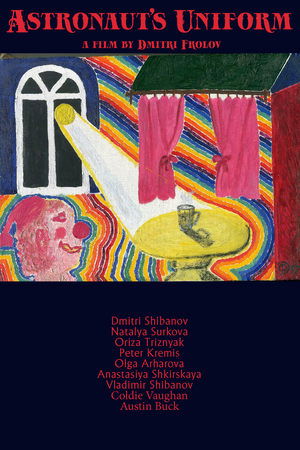 10.0
10.0Astronaut's Uniform(ru)
Mockumentary experimental film, which shows one day in the life of a young man. The action takes place on the Day of Soviet Cosmonautics, April 12, one of the last years of the USSR. Outside the window, it is gradually getting warmer, the onset of spring is felt, promising hope for the possibility of changes in the country. The hero of the film is fond of space. The young man, who idolizes Gagarin, is engaged in reconstruction, making the uniform in which the cosmonaut walked in the prime of his glory. Our hero is also a film enthusiast. He makes films with stories of space flights and shows them to his friends. The film is stylized as amateur films of the 1980s and was shot on a 16-mm color film made by the company" Svema", made in the Soviet Union. The quality of this film allows the viewer to fully immerse themselves in the atmosphere of the time of the film, which is dedicated to Soviet cosmonautics and Edward D. Wood Jr.
 7.0
7.0The Bomb(en)
Filmmakers use archival footage and animation to explore the culture surrounding nuclear weapons, the fascination they inspire and the perverse appeal they still exert.
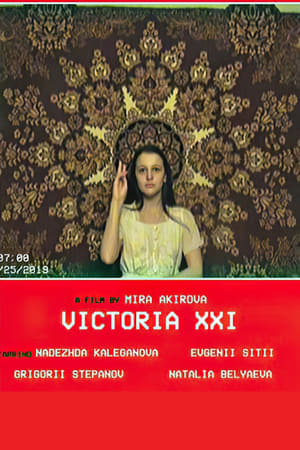 0.0
0.0VICTORIA XXI(ru)
"This is a video for my generation. I'm Lucia Izmailova. And I can control time. See the future. I was eight years old when I dreamt of World War III. Even though my parents didn't believe me, I still love them very much. Their wedding anniversary is soon. And I'm preparing a surprise for them. Mom will cook a lot of tasty food. Dad, like always, will sing... And I will dance. They will see that I can..."
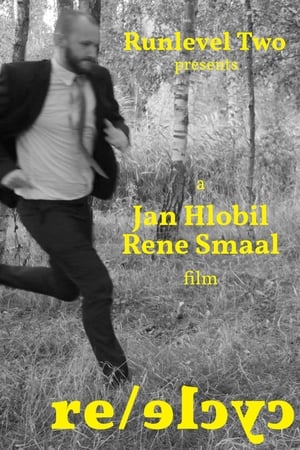 7.7
7.7Re/cycle(en)
With input from actor and writer Jan Hlobil, director and cinematographer Rene Smaal presents a film in the true surrealist tradition, in the sense that only 'found' elements were used, and that it defies interpretation based on ordinary cause-and-effect time sequence.
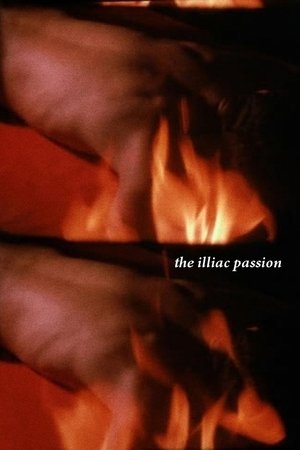 4.2
4.2The Illiac Passion(en)
Prometheus, on an Odyssean journey, crosses the Brooklyn Bridge in search of the characters of his imagination. After meeting the Muse, he proceeds to the "forest." There, under an apple tree, he communes with his selves, represented by celebrated personages from the New York "underground scene" who appear as modern correlatives to the figures of Greek mythology. The filmmaker, who narrates the situations with a translation of Aeschylus' Prometheus Bound, finds the personalities of his characters to have a timeless universality.
 5.8
5.8Chelsea Girls(en)
Lacking a formal narrative, Warhol's mammoth film follows various residents of the Chelsea Hotel in 1966 New York City. The film was intended to be screened via dual projector set-up.
Wè(en)
As Black and LGBTQ+ History Month begin this February, material science clothing brand PANGAIA leads celebrations with a poetic film that honors these two communities. Following a year of isolation, and with it a deeper understanding of the importance of outdoor spaces and the environment, Wè is a portrait of the self-love and acceptance we have learned to show others and gift to ourselves.
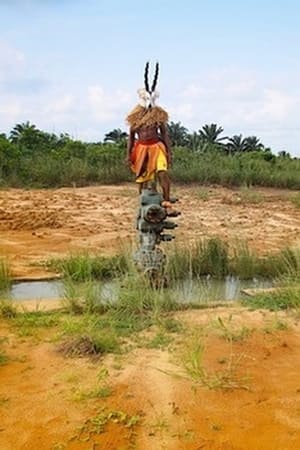 0.0
0.0Karikpo Pipeline(xx)
The Karikpo masquerade - a traditional dance of the Ogoni tribe - is transposed onto the remnants of a faded oil industry programme in the Niger delta.
 5.2
5.2Todo Todo Teros(en)
Basically an artist is also a terrorist, the protagonist thinks in an unguarded moment. And if he is a terrorist after all, then he might just as well be one. Not an instant product, but an experimental feature in which diary material is brought together to form an intriguing puzzle.
